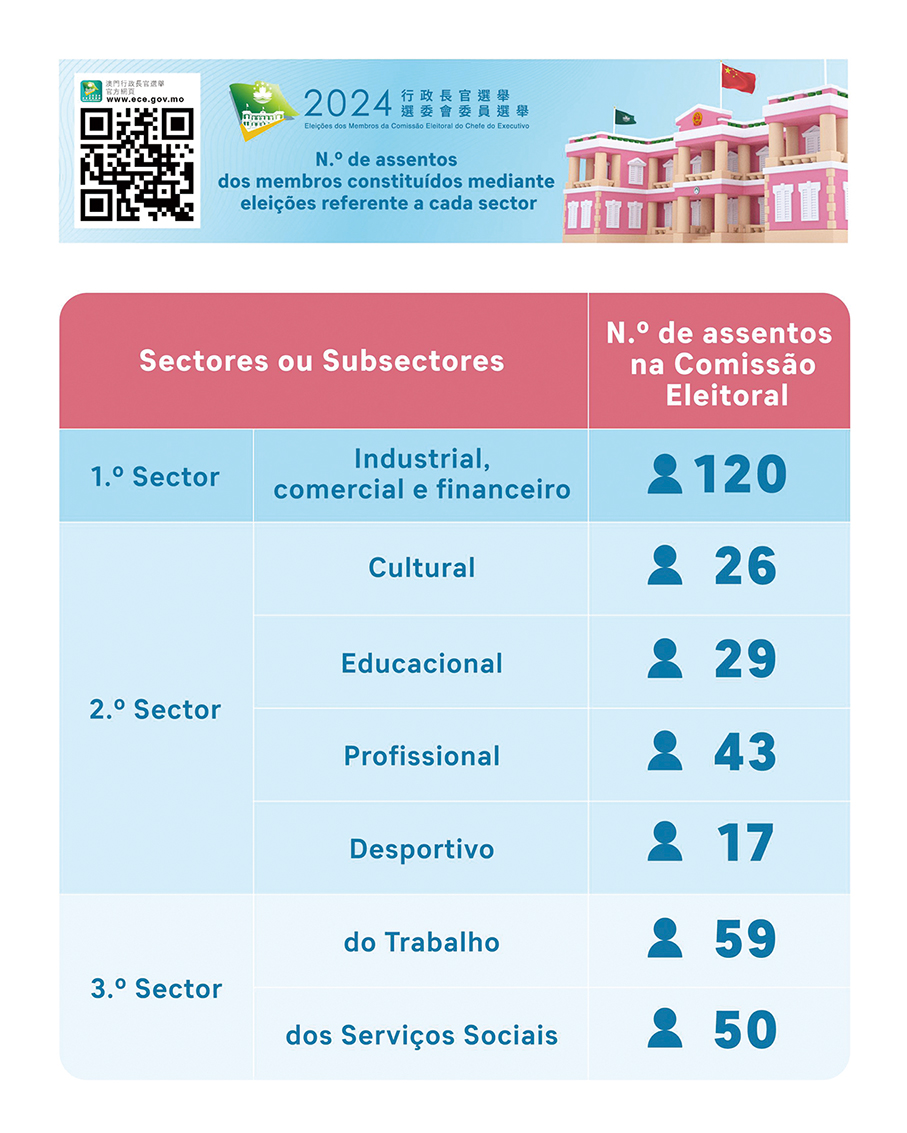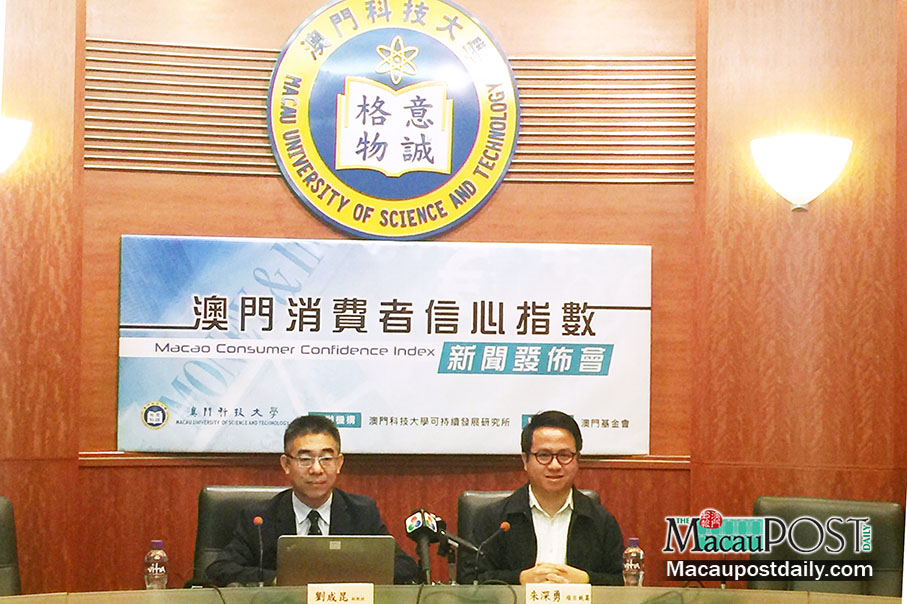A total of 348 permanent residents have registered to run in next month’s election of the Chief Executive Election Committee members, where 344 seats of its 400 members will be up for grabs, before the registration’s deadline yesterday evening, the Macau Government Information Bureau (GCS) announced in a statement last night.
This means that the number of candidates will only exceed the number of seats available by four – if all of those who have registered are finally accepted as candidates.
A list of accepted candidates will be announced on Friday next week, the statement said.
The registration period ran from June 18 to yesterday.
The election of the chief executive of the Macau Special Administrative Region (MSAR) is held every five years. The head of the MSAR is elected by the 400-member Chief Executive Election Committee.
Current Chief Executive Ho Iat Seng’s five-year term at the helm of the MSAR government ends on December 19 this year. Ho, 67, has still to announce whether he intends to run for a new five-year term.
According to Article 48 the MSAR Basic Law, the chief executive of the MSAR may serve for not more than two consecutive terms.
This year’s election of the Chief Executive Election Committee members will be held on August 11.
The chief executive election is expected to be held in October at the earliest.
A total of 344 out of the Chief Executive Election Committee’s 400 members are elected by registered association representatives, while the other 56 members are chosen by a variety of other methods.
According to the Chief Executive Election Law, the 400-member, four-sector Chief Executive Election Committee comprises 120 members representing the first sector (comprising the industrial, commercial and financial segments), 115 members representing the second sector (comprising the cultural, educational, professional, and sports segments), 115 members representing the third sector (comprising the labour, social services, and religious segments), and 50 members representing the fourth sector, which comprises: 1) 22 representatives chosen from among the city’s lawmakers; 2) the 12 local deputies to the National People’s Congress (NPC); 3) 14 representatives chosen from among local deputies to the National Committee of the Chinese People’s Political Consultative Conference (CPPCC); and 4) two representatives chosen from among members of the city’s municipal organs (Municipal Affairs Bureau/IAM).
According to the Chief Executive Election Law, 344 seats – 120 seats from the first sector, 26 from the cultural segment, 29 from the educational segment, 43 from the professional segment, 17 from the sports segment, 59 from the labour segment, and 50 from the social services segment – are chosen by the Chief Executive Election Committee election.
According to last night’s statement, the educational and labour segments are the only ones where the number of seats available and the number of potential candidates will not be identical, while the number of seats available and the number of those who have registered for candidates are the same in all other segments, namely the first sector (comprising the industrial, commercial and financial segments), the cultural segment, the professional segment, the sports segment, and the social services segment.
According to last night’s statement, 31 have registered to become candidates for the educational segment, while 61 have registered for the labour segment’s candidates.
This means that in both the educational and labour segments, the number of those who have registered for candidates only exceeds the number of seats available by two.
There were 350 candidates competing for the 344 seats up for grabs in the 2019 Chief Executive Election Committee election, when the educational and labour segments were also the only ones where the number of seats available and the number of candidates was not identical. In the educational segment, there were two more candidates than seats at stake, while in the labour segment, the number of candidates exceeded the number of seats available by four in 2019.

This diagram in Portuguese released by the Government Information Bureau (GCS) last month shows the number of seats up for grabs in different sectors and segments of the Chief Executive Election Committee.






